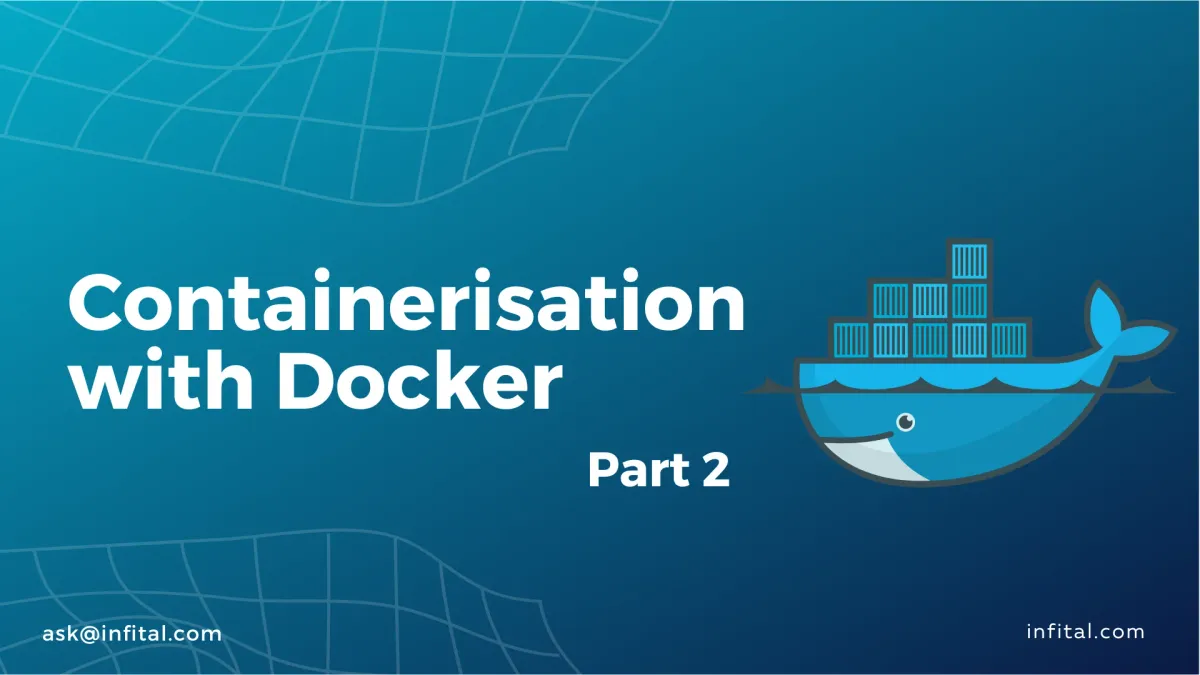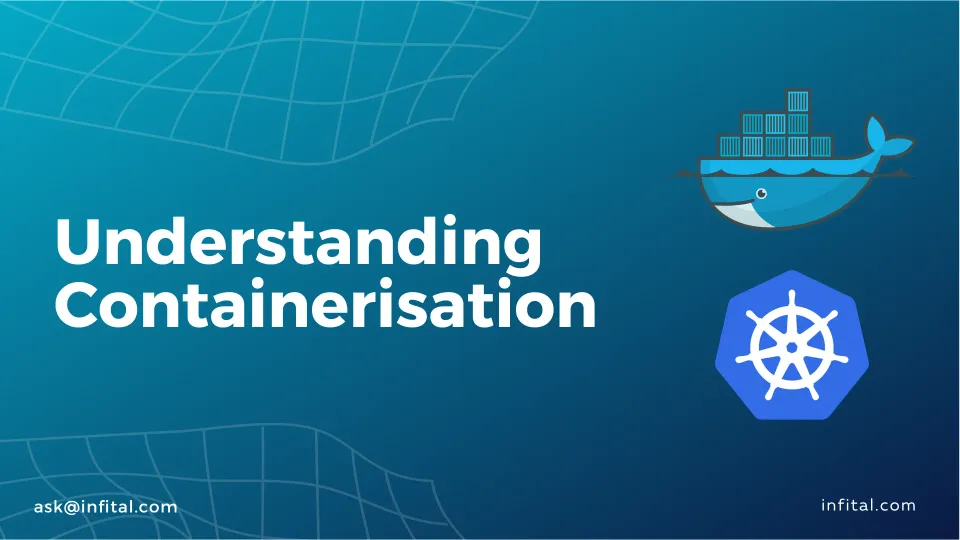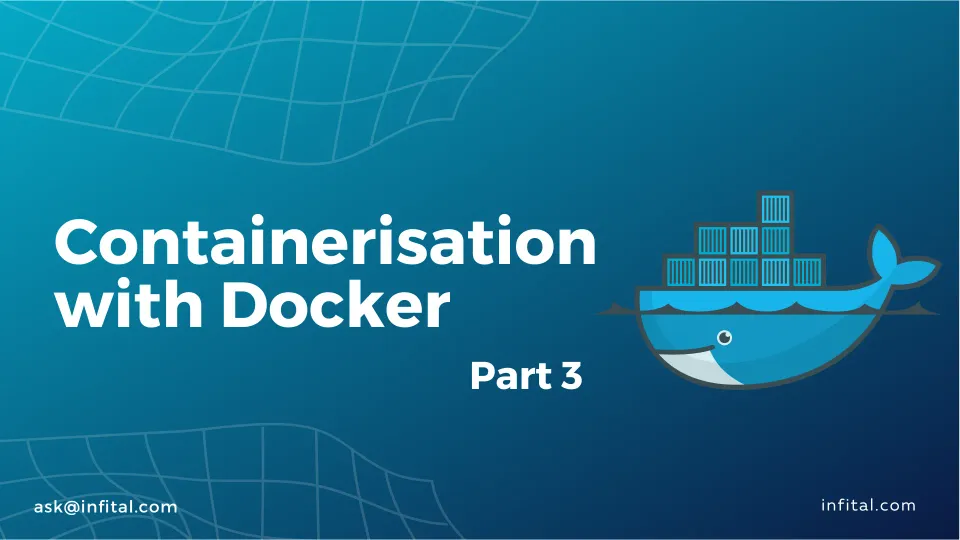Advancing with Docker: Harnessing the Power of Containerisation
Docker offers a versatile set of tools that simplify the containerisation process and enhance the efficiency of application development and deployment.

In the previous article, we embarked on a journey into the world of containerisation, exploring the fundamental concepts of Docker and Kubernetes. Now, let's delve deeper into Docker and uncover its powerful features, use cases, and best practices that empower developers and organisations alike.
Docker: A Versatile Toolset
Docker offers a versatile set of tools that simplify the containerisation process and enhance the efficiency of application development and deployment.
Docker Hub: Docker Hub is a cloud-based registry that serves as a vast repository of Docker images. Developers can access a wide range of pre-built images for various technologies, allowing them to kickstart their projects without the need for extensive configurations.
Dockerfile: A Dockerfile is a script that defines the steps required to create a Docker image. It includes commands to install dependencies, set up the environment, and configure the application. With Dockerfiles, developers can automate image creation and ensure consistent builds across different environments. Here you can find a Dockerfile for an Angular application.
# Stage 1: Build the Angular app
FROM node:16-alpine AS builder
WORKDIR /app
COPY . .
RUN npm install
RUN npm run build --prod
# Stage 2: Serve the Angular app with a lightweight HTTP server
FROM nginx:1.21-alpine
COPY --from=builder /app/dist/velzon /usr/share/nginx/html
Docker Volumes: Docker volumes facilitate data persistence beyond the lifecycle of containers. By creating a volume, data can be shared and accessed across containers, even after they are stopped or removed. This is particularly useful for databases and file storage.
Docker Networking: Docker networking enables communication between containers and external networks. Containers can be connected to bridge networks, overlay networks, or even create custom networks to manage traffic and isolation efficiently.
Use Cases for Docker
Docker's versatility extends to a wide range of use cases, making it an indispensable tool in modern software development and deployment.
Microservices Architecture: Docker is a natural fit for microservices, enabling developers to break down complex applications into smaller, manageable services. Each microservice can run independently in its container, promoting modularity and scalability.
DevOps and Continuous Integration: Docker plays a pivotal role in DevOps practices, supporting seamless integration and continuous deployment. With Docker containers, developers can create consistent environments for testing and production, reducing integration issues.
Cloud-Native Applications: As organisations embrace cloud-native applications, Docker's lightweight and portable containers become essential. Docker enables cloud-native development, allowing applications to run efficiently across multiple cloud platforms.
Application Isolation and Security: Containers offer a higher level of application isolation, reducing the risk of conflicts between applications. By isolating the application and its dependencies, Docker enhances security and stability.
Docker Best Practices
To fully harness Docker's potential, developers should adhere to best practices that promote efficiency and reliability.
Keep Images Small: Strive to create lightweight images by minimising unnecessary dependencies and cleaning up temporary files. Smaller images lead to faster deployments and lower resource consumption.
Use Official Images: Whenever possible, use official Docker images from Docker Hub. These images are well-maintained and regularly updated, ensuring security and reliability.
Optimise Dockerfile Layering: Organise Dockerfile commands to maximize layer caching. Reorder commands from least to most frequently changed to improve build times and reduce bandwidth usage.
Limit Privileges: Avoid running containers with root privileges, as this can pose security risks. Instead, use the principle of least privilege and limit container permissions to only what is necessary.
Conclusion
Docker has revolutionised the way we build, ship, and run applications, making containerisation accessible and efficient for developers and organisations worldwide. By leveraging Docker's versatile toolset, embracing its diverse use cases, and following best practices, we can optimise our containerised workflows and propel software development to new heights. As we continue to advance with Docker, let's embrace its transformative power and pave the way for a more agile, scalable, and innovative future.


